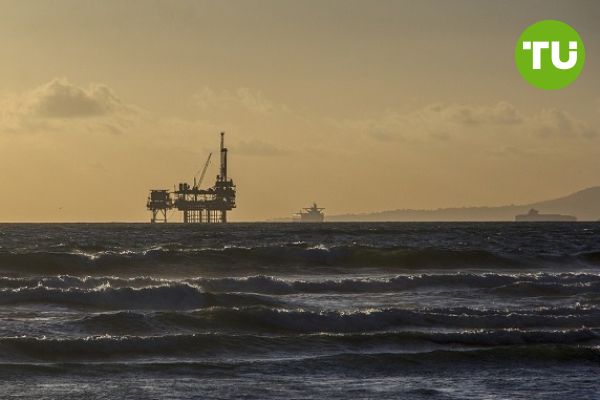Oil price surpasses $72 as hurricane "Rafael" threatens to cut production by 1.7M barrels daily
 Since the beginning of the week, WTI crude oil has risen in price by almost 3%
Since the beginning of the week, WTI crude oil has risen in price by almost 3%
On Tuesday, November 5, oil prices continued their Monday increase, surpassing the $72 mark, as tropical storm “Rafael” threatened to disrupt hydrocarbon production in the Gulf of Mexico.
At the time of writing, WTI crude oil is trading around $72.20, up 0.8% since the start of the trading day.
Since the beginning of the week, WTI crude oil has risen in price by almost 3%
Currently, “Rafael” is moving toward Cuba and may strengthen into a Category 2 hurricane in the coming days, with wind speeds reaching 100 miles per hour (161 km/h). On its path are numerous drilling rigs operated by BP, Shell, Occidental, and Chevron in the U.S. Gulf of Mexico area.
According to the Bureau of Ocean Energy Management and the National Hurricane Center, production capacity of about 1.7 million barrels per day will be taken offline this week. The analytics company Earth Science Associates, based on modeling of past similar situations, has concluded that U.S. oil producers may lose between 3.1 and 4.9 million barrels of oil.
Additionally, as reported by Reuters, natural gas production losses could amount to between 4.56 and 6.39 million cubic feet.
Inevitable Losses
Thus, storm “Rafael” may become the second largest storm this year with the most significant impact on offshore production, following hurricane “Francine,” which led to the suspension of up to 42% of oil production and 52% of natural gas production.
Meanwhile, Saudi Aramco, Saudi Arabia’s largest state-owned oil company, reported a 15% drop in quarterly profits. This increases the likelihood that Saudi Arabia will push for OPEC+ to extend oil production restrictions.
The U.S. Dollar Index (DXY), which tracks the U.S. dollar's performance against six other currencies, is trading in a sideways trend ahead of the U.S. presidential election.
It is unlikely that Americans will know the winner by this Wednesday. A more probable scenario involves legal disputes over election results in various states, potentially extending the political crisis for weeks or even months.
Technically, the next strong resistance level for bulls is the 100-day simple moving average (SMA) at $74.40, as well as the 200-day SMA at $76.85.
On the other hand, the 55-day SMA at $70.90 and the May and June 2023 support level of $67.12 counterbalance selling pressure. If this level is breached, the next levels to watch would be the early 2024 low of $64.75, followed by the 2023 low of $64.38.
Oil started the new week with gains. Although the likelihood of a new escalation in the Middle East remains high, markets focused not only on geopolitical but also on macroeconomic events.













































































































































